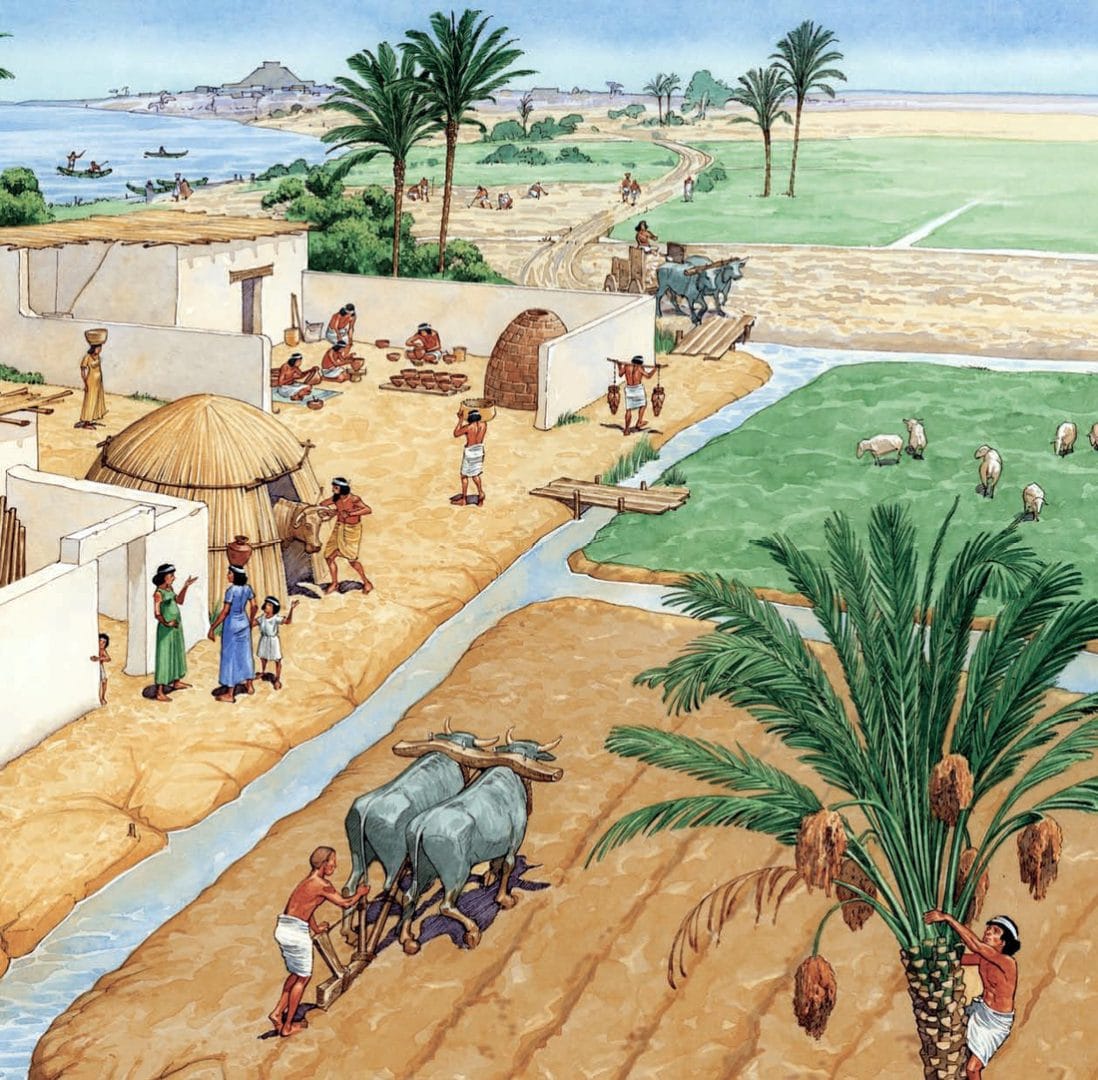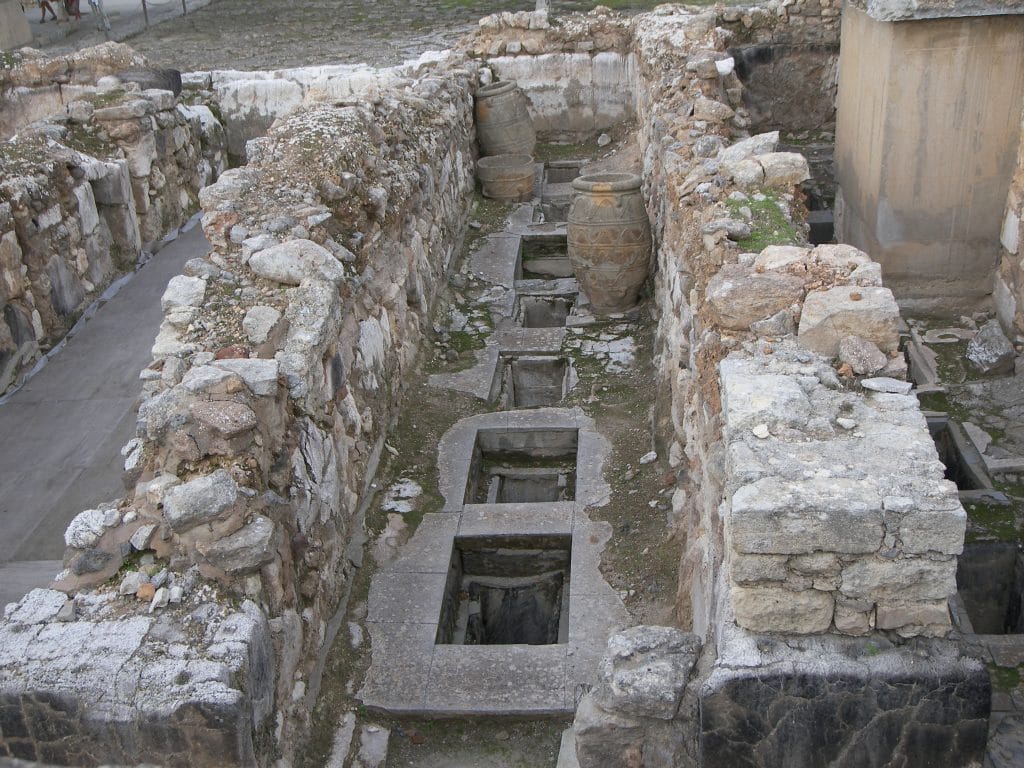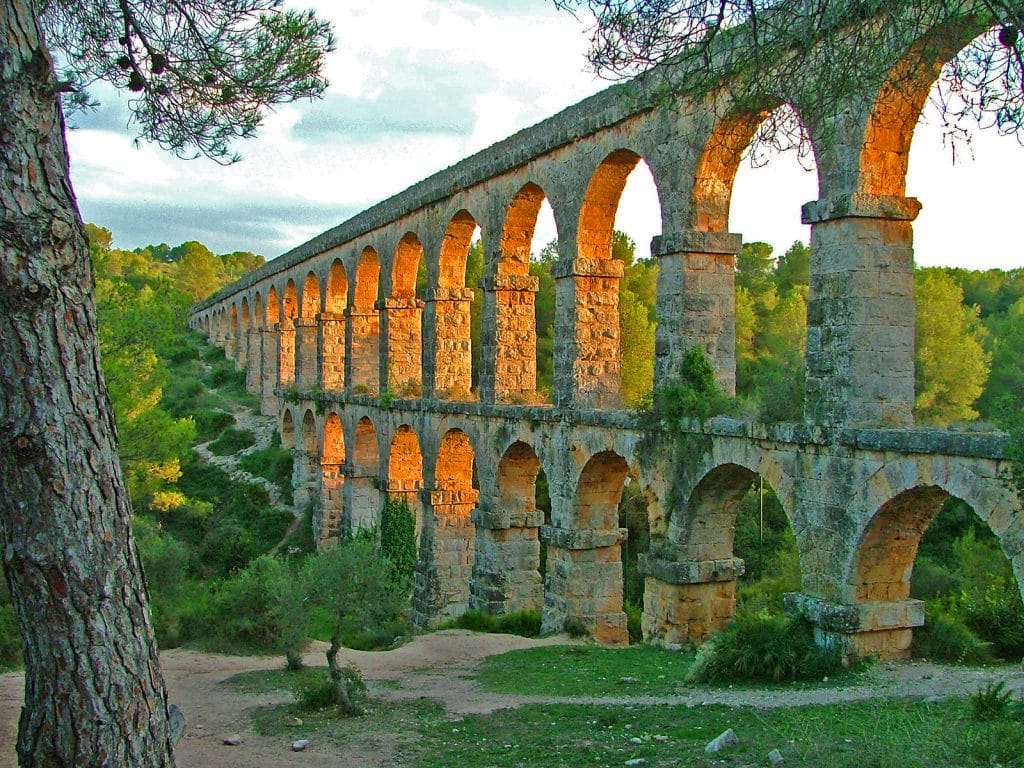Today, our plumbing system appears to be a minor inconvenience. Most of us have working plumbing systems in our towns and homes that bring in fresh water and remove waste water. However, for the majority of human history, plumbing either did not exist at all or was a scarce product that was not available to everyone.
Let’s look at some of the oldest plumbing and water systems to discover how our forefathers dealt with water:
The ancient Egyptians developed one of the earliest known plumbing systems between 4000 and 2500 B.C. Because their lives were dependent on the ebb and flow of the Nile River, Egyptian engineers devised and implemented a complex plumbing system to keep the water flowing where it needed to go. These pipes were originally made of clay before being updated to copper. They built this intricate system to transfer water from the Nile to enable people water their crops and even give running water to their homes. These systems were revealed during the excavation of ancient tombs, as the Pharaohs’ burial chambers were equipped with draining baths and other afterlife amenities. But, plumbing was not unique to Egypt at this time in history, as some of the first water pipes were discovered in the Indus River Valley in India around 4000 B.C!

Image Source: Stories My Mummy Told Me, Online
Ancient Plumbing in Crete
Another ancient plumbing system discovered on the Greek island of Crete was in the Minoan Palace of Knossos, which dates from roughly 1500 B.C. Four distinct draining systems were discovered, leading to a stone-built mass sewage system.
A terra cotta plumbing system was installed beneath the palace’s floor to carry water to fountains and faucets. This castle also housed the first flushing toilets, or ‘water closets.’ These restrooms included a wooden seat and a tiny water reservoir. These now-common contemporary amenities were lost for thousands of years, and these samples deteriorated from years of deterioration, but the plumbing system can still be seen today!

Image Source: Ancient Water Technologies, Online
Ancient Roman Aqueducts
Ancient Rome has some of the most magnificent old plumbing systems. The Roman Empire has been praised for hundreds of years for its engineering prowess, which can be seen in its sewer system. The Cloaca Maxima, the first Roman sewer system, was erected in the sixth century B.C. What began as an open conduit soon became confined and vaulted. The Cloaca Maxima is the oldest plumbing system still in use today, and part of the original brick construction is still standing!
Aqueducts were also built by the Romans, who added a new level of creativity to the world’s earliest known plumbing systems. Aqueducts used gravity to deliver water from the mountains above cities to public bath houses and fountains. The used water was subsequently emptied into the Cloaca Maxima. This provided a steady supply of running water, which aided in the removal of garbage and other impediments from the sewer.
What we learned from the first plumbing systems, particularly those of the Romans, has aided in the development of modern plumbing systems. These old plumbing systems’ ruins can still be observed today and have become major tourist attractions.

Image Source: Architecture of Cities, Online
Remember that using such a water system used to be difficult to come by and was not as prevalent as it is now when you flush your toilet or run your bath water and quickly empty it. If you want to understand more about the history of water treatment, visit A Advanced Service’s other blog posts!








